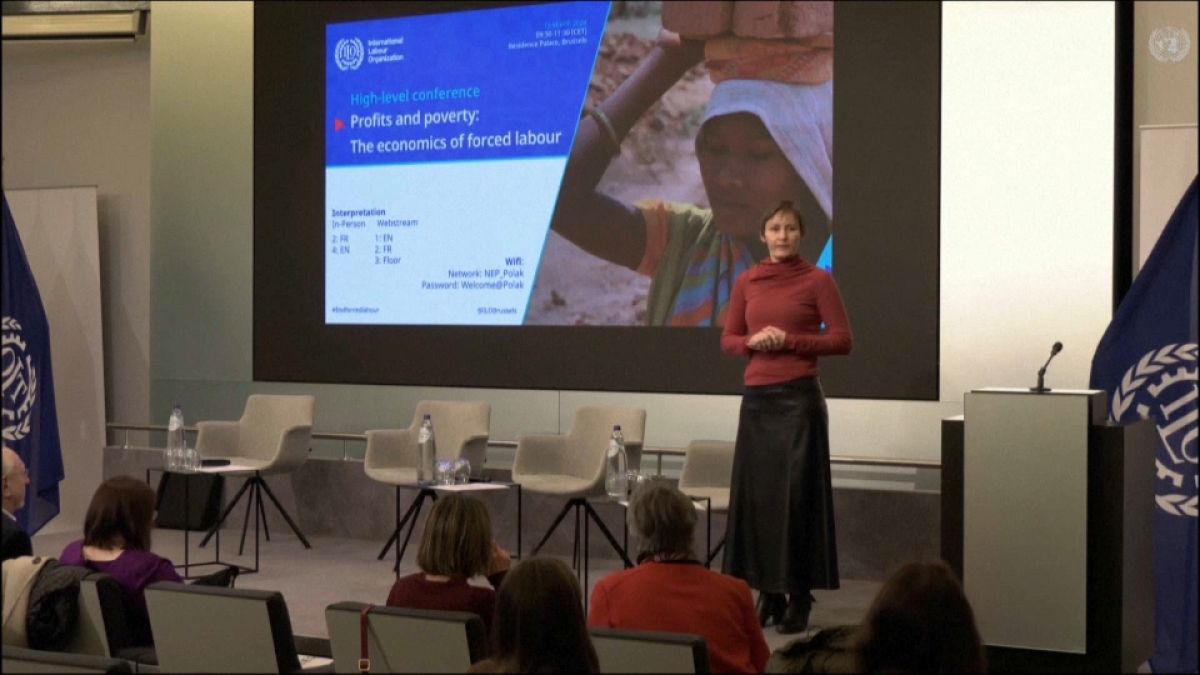The International Labour Organization's latest report has revealed the dramatic increase in profits made through forced labour and the number of people being exploited.
The UN labour agency Profits and poverty report said forced sexual exploitation was to blame for three-fourths of the take from a business that deprives migrants of money they can send home, swipes jobs from legal workers, and allows the criminals behind it to avoid taxes.
After sexual exploitation, the sectors with the highest illegal profits are industry (€32 billion), services (€19 billion), agriculture (€4.6 billion), and domestic work (€2 billion).
Total annual illegal profits from forced labour are highest in Europe and Central Asia (€77 billion), followed by Asia and the Pacific (€57 billion), the Americas (€47 billion), Africa (€18 billion), and the Arab States (€16.5 billion).
The ILO researchers said the dramatic increase in profits had been fuelled by a growth in the number of people forced into labour, as well as higher profits generated from the exploitation of victims.
The authors said traffickers and criminals were generating about nine billion euros per victim, up from more than €7.5 billion euros a decade ago.
Forced labour can encourage corruption, strengthen criminal networks and incentivise further exploitation, the report said.
Valdis Dombrovskis, European Commissioner for Trade, described the global estimates of 2022 as ''a sad reading''.
''28 million people in a forced labour. Twelve million of them are women and girls, and more than three million are children. Today we learned that it remains a lucrative business," he said.
Manuela Tomei, ILO Conditions of Work and Equality Department director, noted that such a sum equalled the economic output of EU members such as Latvia and Croatia and eclipsed the annual revenues of tech giants like Microsoft and Samsung.
''Behind these staggering figures, there is human suffering. There are people who are trapped in a cycle of abuse, subjected to different forms of coercion that make it impossible for them to escape jobs that they have engage in against their will," she said.
''One of the most common forms of coercion against forced labour is the systematic and deliberate withholding of wages. And this is often coupled with threats of physical or sexual abuse, as well as deprivation of basic needs. It is really a vicious cycle that leaves those trapped in forced labour in despair and misery.''
Bernd Lange, German Member of the European Parliament, said there were negative impacts for economies.
''Billions of dollars are not going to the people on the ground working in the factories. And of course, they are not generating income for the countries. So it has really a serious economic impact,'' he said.
The report stressed the urgent need for investment in enforcement measures to stem illegal profit flows and hold perpetrators accountable.
It recommended strengthening legal frameworks, providing training for enforcement officials extending labour inspection into high-risk sectors, and better coordination between labour and criminal law enforcement.
